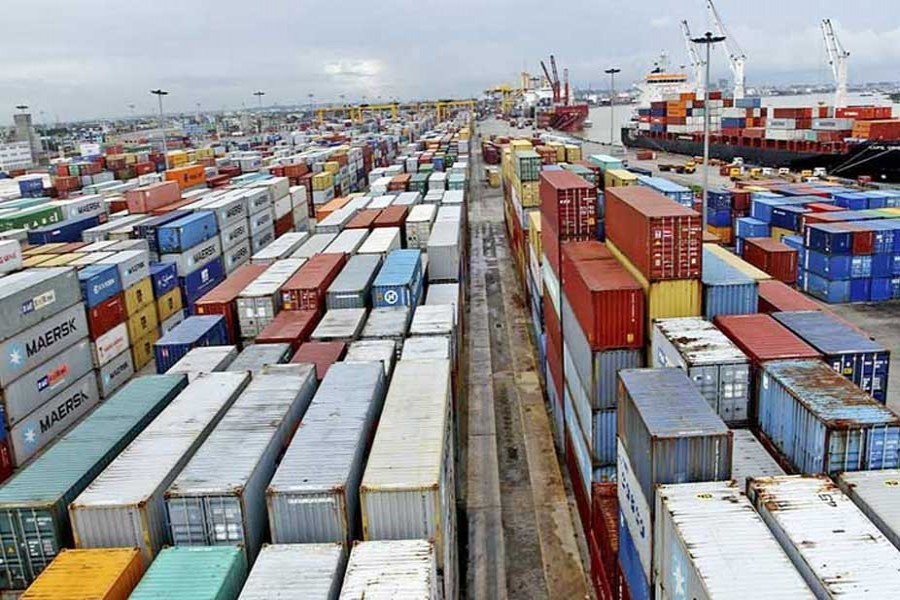Quoting exporters, a report carried in this newspaper on Sunday maintains that a mismatch between the enhanced capacity of the Chattogram Port and that of the busiest highway connecting it with the capital city is responsible for greater time lag and underutilisation of export-import potential of the port. With 80 per cent of vehicles from the port moving on the highway and the demand for transportation on the route rising at 8.0 to 10 per cent annually, the four-lane highway proves severely constrained to cope with the vehicular movement. It is not that the authorities are unaware of the extra pressure the highway has to bear. For about two decades, they were in favour of constructing an expressway to ease the pressure. However after spending Tk1.0 billion on its feasibility study the project was abandoned in favour of a high-speed railway project.
Clearly, this is a pragmatic decision because it proposes to bring down the travel time between the port city and the capital city to just 55-73 minutes.Now the question is if the railway will also serve transportation of export and import goods. It depends on the capacity of tracks and the railway's plan to or not to press into service an adequate number of good trains. Even if the proposed high-speed railway is set aside as an exclusive preserve for passengers, the existing railway can be assigned to carry consignments of goods and commodities. But this is still a proposition and unless and until the high-speed railway project becomes a reality, the concern ought to be how the transportation on the highway or maybe, on the existing railways can be expedited. The government's attempt to elevate the four lanes to six lanes and add a dedicated lane to it is yet to fully materialise. But the problem will mount with every passing month or year. No mega project can deliver without matching development of its supporting components.
Development of economic zones, construction of a bay terminal and other development projects now underway in the port city will only exert far greater pressures on the existing roads and highway space in particular in the days to come. Before this turns overwhelming, the highway's expansion and a service lane has to be completed.Another alternative is to divert import and export consignments, where the exercise proves convenient, to Mongla Port which also has by now improved its cargo-handling capacity to some extent. Then greater use of the waterways, where possible, can be an option too.
In this context, the issue of transhipment certainly gets relegated to the back burner. But the interests shown by the neighbouring countries and the authority's aim of turning Chattogram Port as an export-import hub of the region should find a meeting point and the sooner it happens the better. Clearly there is no alternative to investment in infrastructure capable of meeting the challenge. In a land-scarce country, it is not wise to construct more and more roads and highways, better it would be to develop a reliable network of railways for making communications easier and speedier. Not only are train journeys and cargo trains faster but also comfortable, safe and much cheaper compared to road transportation.


